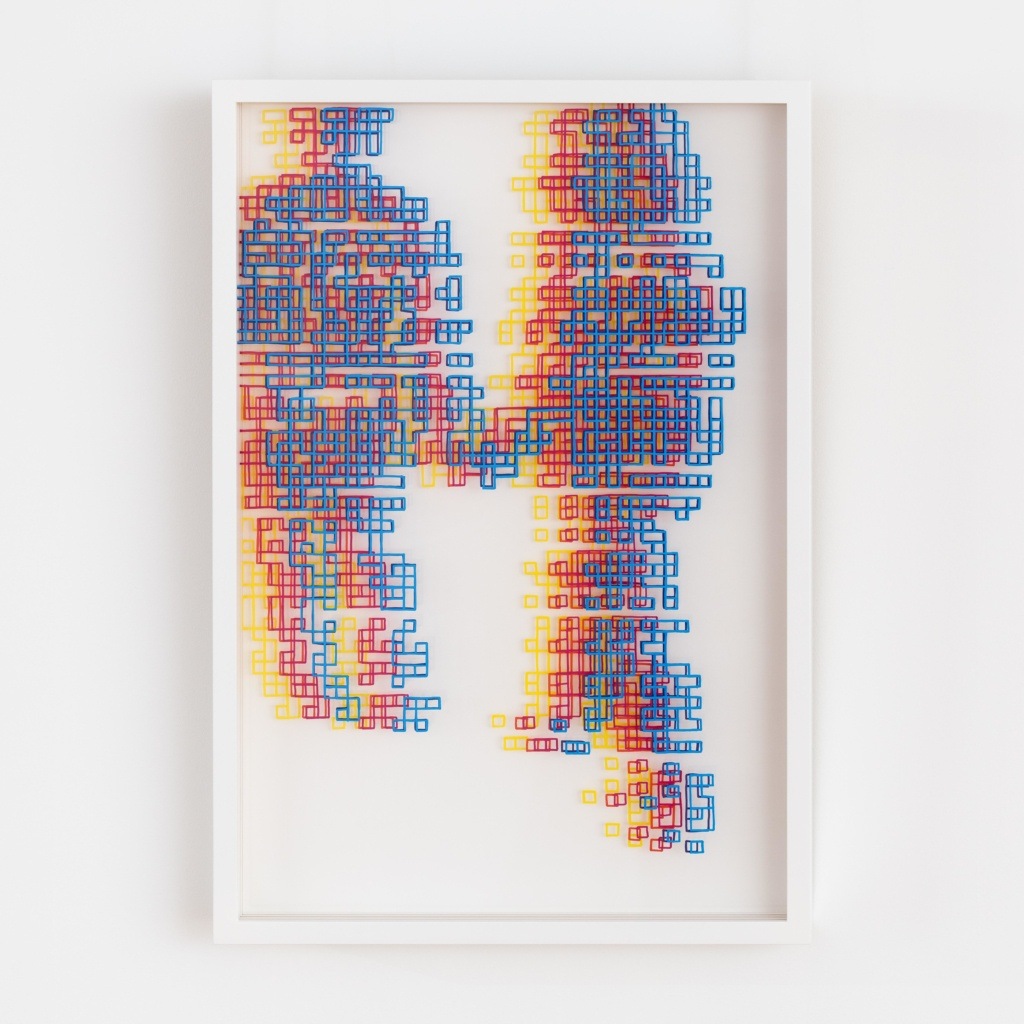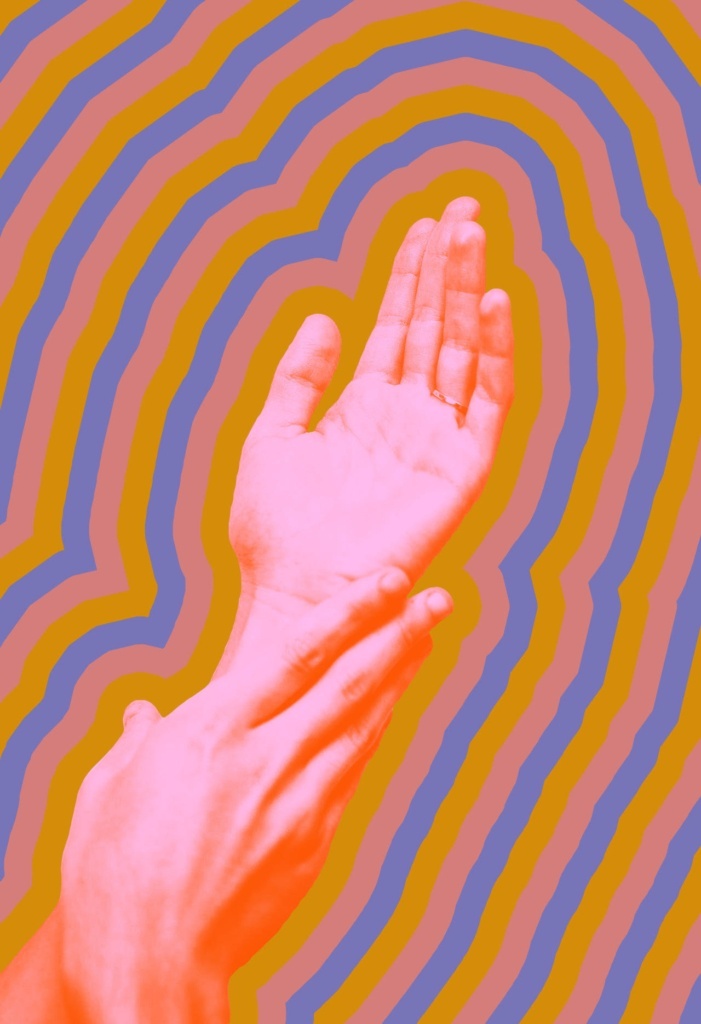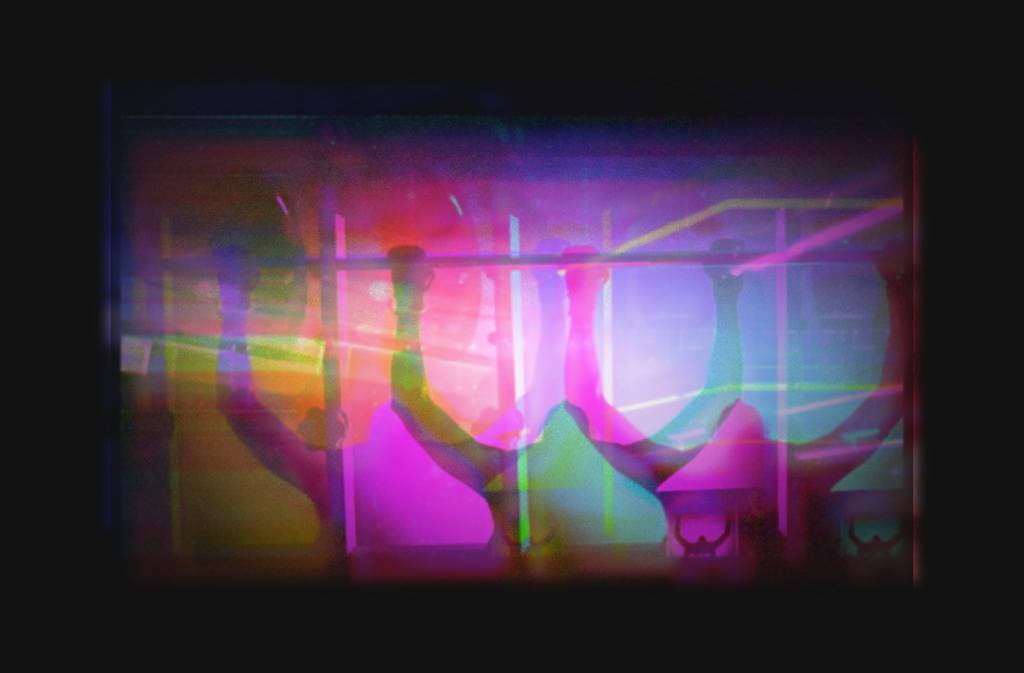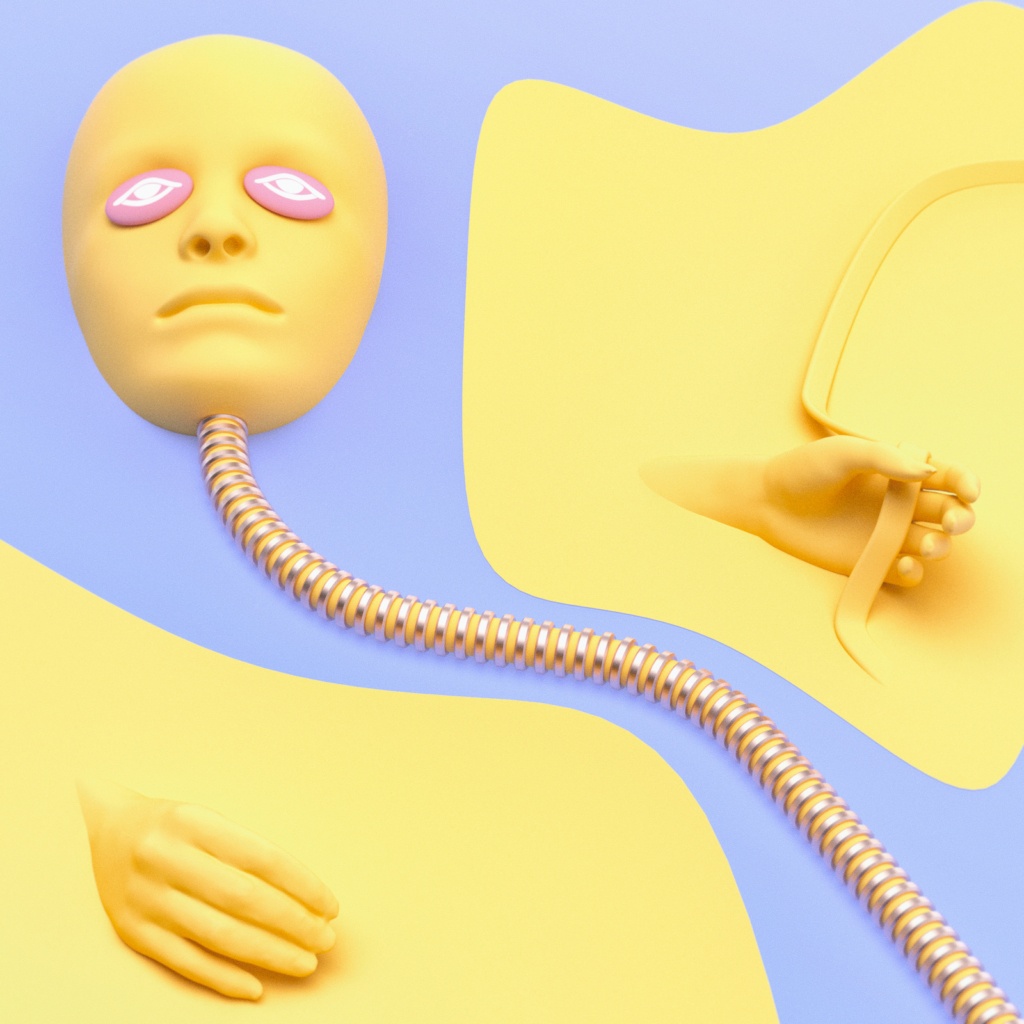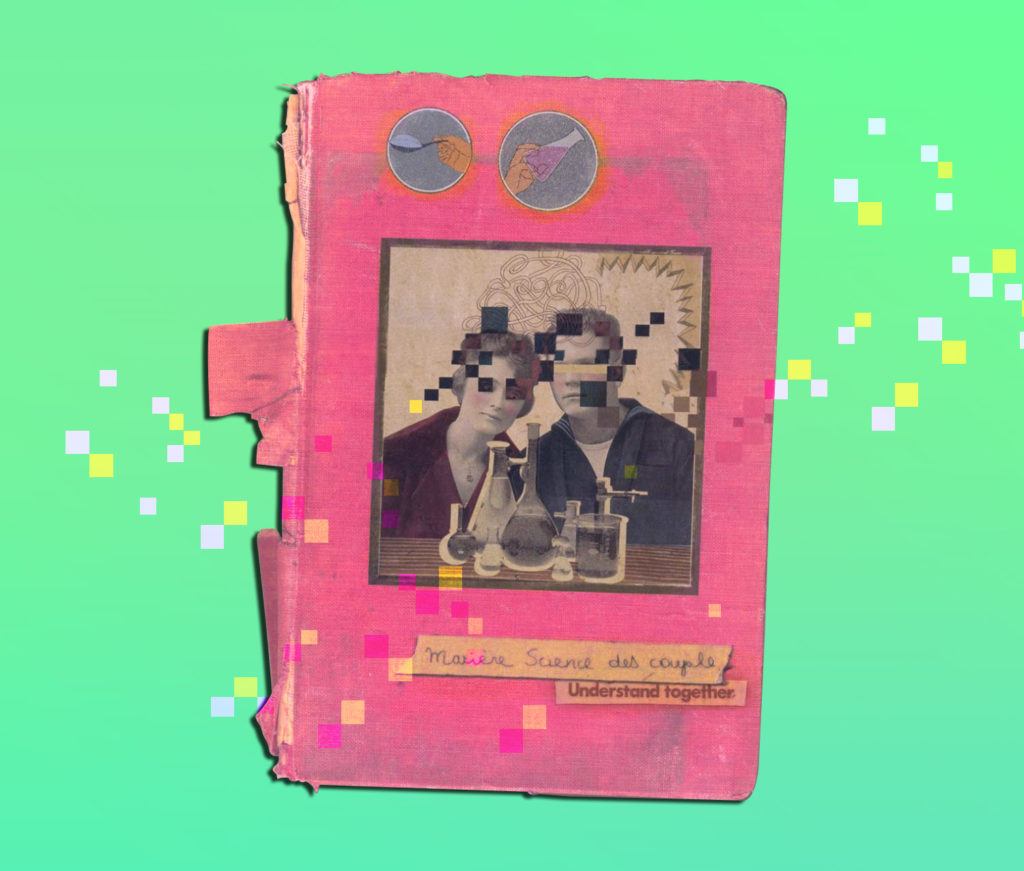Topics
Self-Help
The cultural expectation to self-optimize
Belly Up
Wellness discourse taps into longstanding associations between intuition and the gut
Silent Partner
Relationship apps teach us ways of loving that privilege efficiency over depth, quantifiability over knowledge, and success over joy. They sanctify the institution of the “couple,” while shrinking down the experience of love until it conforms to neoliberal rhythms
SAD Lamp
The SAD lamp is a technology that claims to provide us with the sunlight we miss during the winter months, treating Seasonal Affective Disorder. While its benefits are unclear, it is part of an overarching attempt to calibrate the human body through science to a perfect synchronicity with the rhythms of nature. SAD lamps tap into our desire to believe in ourselves as part of wider ecologies, and also position consumer goods as necessary mediators of this relationship
Perfect Harmony
“Solfeggio frequencies” — sound ranges that purportedly can be used to “repair” mental and physiological maladies — are among the pseudoscientific wellness trends running rampant on social media platforms. They don’t do what they claim, but they do allow individuals to signal their willingness to assume personal responsibility for their health and reject structural fixes to what are ultimately social problems
Brain Wave
Binural beats work by sending two slightly different frequencies to each ear, so that the listener hears a beat that is not actually occurring. Some claim this can “retune” the brain to a different frequency, a low-stakes experiment in self-hacking. But it is also demonstrates that much of what we do for self-improvement relies on tricks and illusions, on insisting on hearing something that isn’t there.
Unfleshing
Beauty, fashion, and wellness brands have adopted the physical standards of tech giants, reframing the body as a vessel for optimization and utility rather than the historical feminine ideal. The desire is for a body better than human, indistinguishable from the tools it relies on.
Recharge
My phone’s battery icon has become emblematic of what it means to regain my energy: I want to turn from red to green. Saying that I need to “recharge” is at once an acknowledgement of my depletion and a sign of my hope that reviving it could be as simple as plugging in. I am thinking of myself like my device, and as such, reducing my life to a deadening cycle.
Daily Affirmations
Algorithmically generated affirmational videos unsettlingly replace aspiration with willful delusion; it represents a full literalization of “the Secret,” the Oprah-sanctioned belief that merely visualizing something hard enough suffices to make it so.
After Hours
Nine-to-five work was normal in a century when steady employment and home ownership were also normal. Now that none of these things are reliable markers of adulthood, why not refashion our own systems of idiosyncratic time that allow us to place something other than work at the center of our lives?
The Story of a New Brain
Brain scanners promise the opportunity to track our minds so that we may retrain them without necessarily understanding them any better. Its techniques coincide with the prevailing neoliberal approach to care, in which health is framed as a product of personal responsibility while economic and environmental etiologies are ignored.
Liquid Lunch
Meal replacement drinks like Soylent, and its predecessor, SlimFast, fetishize austerity and promise transcendence through self-denial. SlimFast, marketed to women, sells bodies without minds, while Soylent, masculinized, sells minds without the encumbrance of bodies, disguised as “biohacking.”
Quick Fix
Anything, even heartbreak, can be framed as a do-it-yourself project. DIY gives a sense of agency over one’s needs, suggesting a barrel-chested confidence in one’s own ability to complete a task usually left for a paid expert. WikiHow provides endless, collaborative DIY guides for the task of remaining alive.

